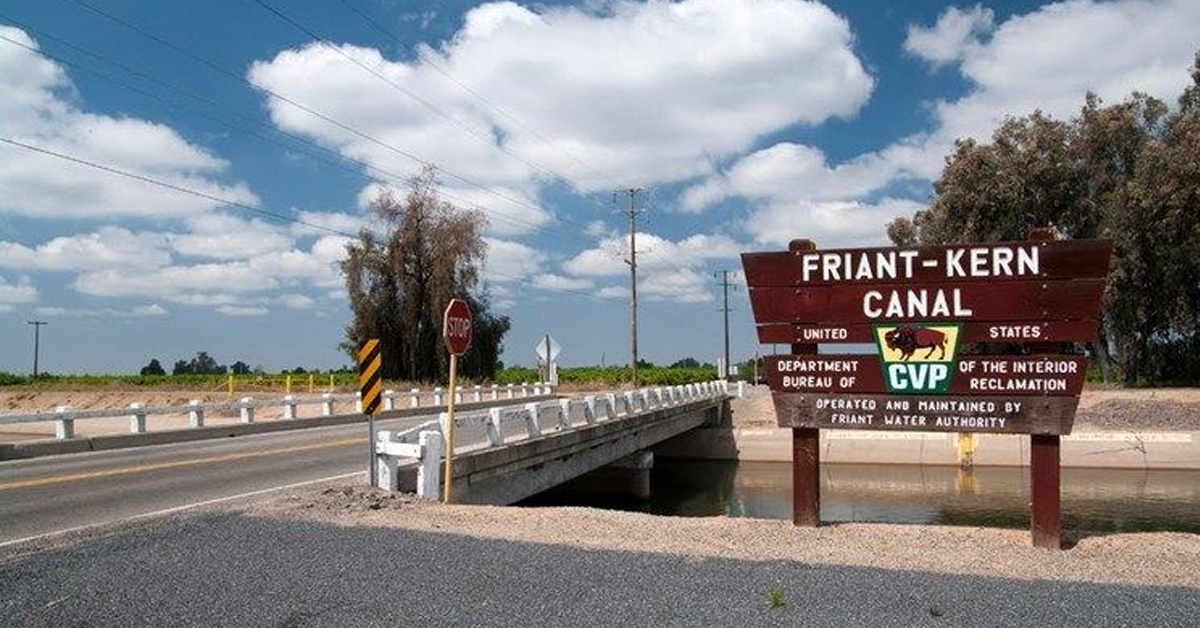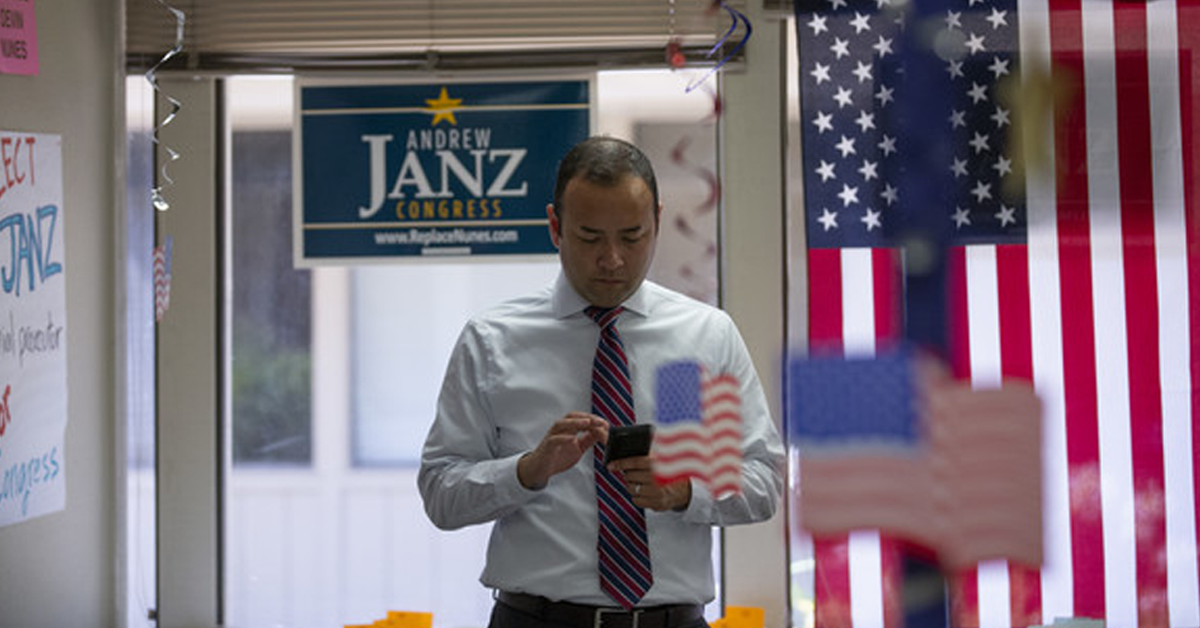Moving the Darling plant may require a lot more than a simple OK from City Hall.
The City Council on Thursday approved a deal that would send the rendering operation in West Fresno to a new site on city’s huge sewer farm a few miles farther to the west.
But a former city attorney for the City of Fresno on the same day submitted a letter to city officials that claims a key incentive for Darling renders the deal dead on arrival.
C. William Brewer, a local attorney and once City Hall’s top lawyer, represents James and Lisa Quist. The Quists are farmers in the area of Jensen and Cornelia avenues, where the new plant is to be built.
Brewer on Friday told me his clients are considering legal action in the wake of the council’s vote.
The essence of Brewer’s argument (as I understand it) is this:
1.) The sewer farm is part of the City of Fresno. Unincorporated county land separates the sewer farm from the larger city itself.
2.) The creation of the sewer farm decades ago called for a substantial buffer of land between the wastewater treatment facility and civilization. Creation of this buffer – a public benefit – required the government’s use of eminent domain. This buffer was annexed into the city.
3.) Thursday’s deal calls for the city to give 20 acres of the sewer farm to Darling. These 20 acres are part of the buffer.
4.) A transfer under these circumstances of public land to a private entity violates the terms of the agreement that created the sewer farm’s buffer (a public benefit) prior to annexation.
5.) Therefore, under state law the transfer of the property to Darling would constitute a de-annexation of the 20 acres.
6.) Thursday’s council vote isn’t sufficient legally to de-annex this portion of the City of Fresno.
“By City’s Rendering Plant Project, City shall have abandoned the public use established for the Subject Property,” Brewer wrote in his Oct. 26 letter. “The sale and conveyance to Darling cannot be made except through the public auction process specified by statute.”
Brewer goes on to note that the city’s deal with Darling requires the Jensen-Cornelia site to be within the city limits. But with the 20 acres being de-annexed once they’re given to Darling, Brewer wrote, “this requirement of law cannot and will not be met.”
City Hall, among other things, should produce a full Environmental Impact Report on the Darling project, Brewer wrote. Citing a number of factors, Brewer in conclusion wrote that “the Rendering Plant Project should not be approved as submitted….”
But, it was.
On Friday afternoon I dropped by the office of David Fey, executive officer for the Fresno Local Agency Formation Commission. LAFCO is in charge of annexations and de-annexations.
I also dropped by the office of Jean Rousseau, administrative officer for Fresno County.
Neither official was in. I left messages. I also got the distinct impression that both LAFCO and Fresno County are keenly interested in the City Hall-Darling deal and the content of Brewer’s letter.
City Hall Communications Director Mark Standriff said city officials are reviewing the Brewer letter.
Confusion has been at the center of the Darling controversy for years, if not decades. This is not the place to dig into that convoluted history. It’s sufficient to note that everyone wants a win-win here.
Rendering plants provide a valuable service. They create and help sustain many jobs. Corporate profit is a worthy goal.
Urban neighborhoods deserve stability, clean air and wise regulation.
At the same time, the law is the law. The new Darling deal from a public-vetting perspective has the feel of a rush job.
Council Member Steve Brandau told me he felt pressured on Thursday from at least one council colleague to hurry through his questioning of the deal points. Brandau said he continues to have questions about the deal.
Former Fresno County Supervisor Doug Vagim told me he thinks the Darling deal raises obvious but unexplored questions about the gift of public funds/assets to a private entity. Vagim said the City Charter section on municipally-owned utilities bears directly on his concerns.
We’ll see if LAFCO, the County Hall of Records and the team of Bill Brewer/James and Lisa Quist move this story along.
I made one other visit on Friday. I dropped by City Hall. I bumped into Mayor Lee Brand.
The Darling deal is hard for a layman like me to fathom. Near as I can tell, the gift of 20 acres is worth a lot of money. There seem to be a lot of other economic incentives in the agreement.
I don’t know the total value of the public’s incentives to Darling. When all is said and done, the incentives may total well north of $1 million.
I asked Brand if the Darling incentives triggered the city’s Better Business Act. This 2009 law requires private companies seeking more than $1 million of City Hall help to first subject the proposal to a comprehensive public review.
“We’ll look into it,” Brand said.
That forward-looking answer struck me as odd.
The Better Business Act was written by Council Member Lee Brand.









I’m laughing a bit at Lee Brand. The fire-breathing city council member has turned into the typical power-grasping mayor.